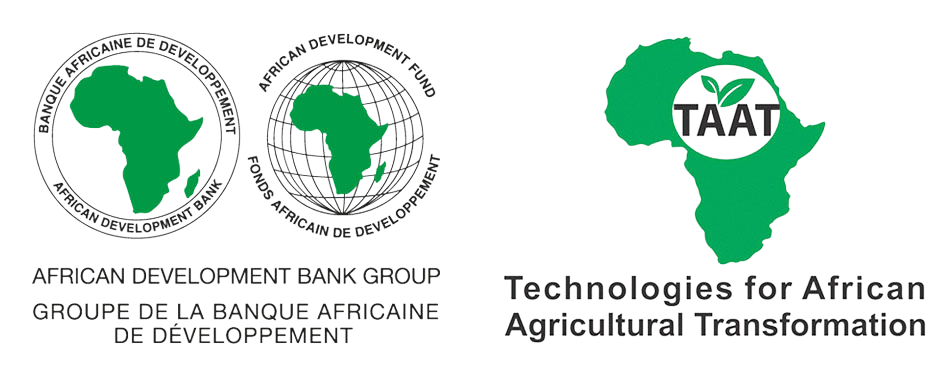

Affordable animal feed for breeders
This technology is a simple equipment to mechanize the conversion of cassava peels into animal feed, offering several advantages, including reduced labor costs, shorter drying times, and extended shelf life for the feed products. This innovation addresses the issue of environmental hazards caused by the large quantities of cassava peels generated during cassava root processing in many African communities. Cassava peels have the potential to serve as an excellent source of animal feed and fiber, providing a sustainable solution to the problem of underutilized peels.
This technology is TAAT1 validated.
Adults 18 and over: Positive high
It can increase their income by engaging in cassava peel processing and selling value-added feed products.
The poor: Positive high
Smallholder farmers and those from low-income backgrounds can benefit from cheaper, nutritious animal feed, improving their livestock productivity and overall food security.
Under 18: Positive low
Youth can benefit from job creation in rural areas as the technology introduces new business opportunities in cassava peel processing.
Women: Positive high
The mechanized equipment reduces the physical labor required for processing, which can improve working conditions and reduce the time women spend on manual tasks.
Climate adaptability: Highly adaptable
The efficient use of cassava peels reduces the need for additional feed resources, which can help adapt to climate-related fluctuations in feed availability.
Farmer climate change readiness: Moderate improvement
The technology promotes sustainable waste management practices, contributing to overall climate readiness by encouraging the use of local resources.
Biodiversity: Positive impact on biodiversity
Improved animal feed quality can support healthier livestock, which may indirectly benefit local biodiversity by promoting more sustainable agricultural practices.
Carbon footprint: Same amount of carbon released
Mechanized processing reduces the need for open burning of cassava peels, which lowers greenhouse gas emissions associated with waste disposal.
Environmental health: Greatly improves environmental health
The technology helps prevent pollution from cassava peel waste, which can otherwise contribute to environmental degradation and health hazards.
Soil quality: Improves soil health and fertility
Processed peels can potentially be used as organic matter or compost, improving soil quality and fertility.
Water use: A bit less water used
The technology reduces water usage by improving drying processes, which can help conserve water resources in regions with limited water availability.
Environmental Hazards: Processing cassava roots into food or starch products generates large quantities of peels, which are often disposed of through uncontrolled dumping and burning, creating environmental problems.
Underutilization of Cassava Peels: Cassava peels have the potential to serve as an excellent source of animal feed and fiber for livestock and fish but are generally not marketed at their full potential due to drying constraints, possible aflatoxin contamination, and poor storability of traditional feed products.
Limited Access to Nutritious Animal Feeds: Scarcity of nutritious animal feeds in many African communities, leading to challenges in livestock and fish rearing.
In the near future, this section will provide an overview of this technology's success in various contexts, details on partners offering technical support, training, and implementation monitoring, along with other valuable insights for your projects and programs. These details will be added progressively.
In the meantime, use the 'Request information' button if you need to contact us.
Cost of a motorized grater
Cost of a press with hydraulic jack
Cost of a motorized pulverize
Cost of a mechanical sieve
Open source / open access
Scaling Readiness describes how complete a technology’s development is and its ability to be scaled. It produces a score that measures a technology’s readiness along two axes: the level of maturity of the idea itself, and the level to which the technology has been used so far.
Each axis goes from 0 to 9 where 9 is the “ready-to-scale” status. For each technology profile in the e-catalogs we have documented the scaling readiness status from evidence given by the technology providers. The e-catalogs only showcase technologies for which the scaling readiness score is at least 8 for maturity of the idea and 7 for the level of use.
The graph below represents visually the scaling readiness status for this technology, you can see the label of each level by hovering your mouse cursor on the number.
Read more about scaling readiness ›
Semi-controlled environment: prototype
Common use by projects NOT connected to technology provider
| Maturity of the idea | Level of use | |||||||||
| 9 | ||||||||||
| 8 | ||||||||||
| 7 | ||||||||||
| 6 | ||||||||||
| 5 | ||||||||||
| 4 | ||||||||||
| 3 | ||||||||||
| 2 | ||||||||||
| 1 | ||||||||||
| 1 | 2 | 3 | 4 | 5 | 6 | 7 | 8 | 9 | ||
| Country | Testing ongoing | Tested | Adopted |
|---|---|---|---|
| Niger | –No ongoing testing | Tested | Adopted |
| Nigeria | –No ongoing testing | Tested | Adopted |
This technology can be used in the colored agro-ecological zones. Any zones shown in white are not suitable for this technology.
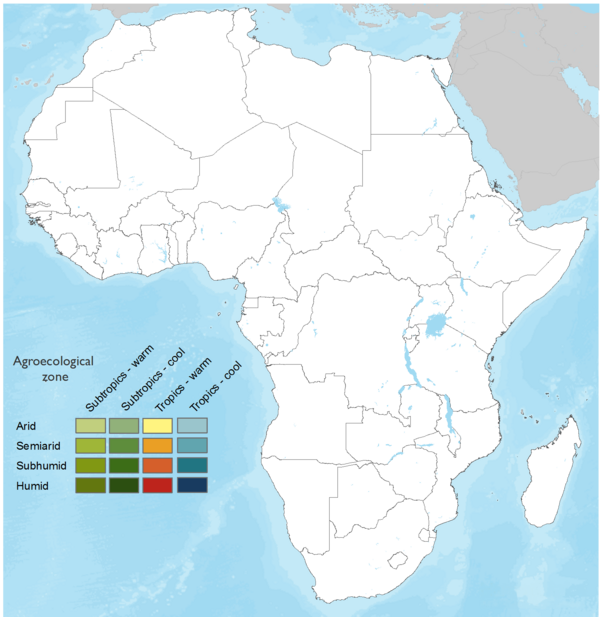
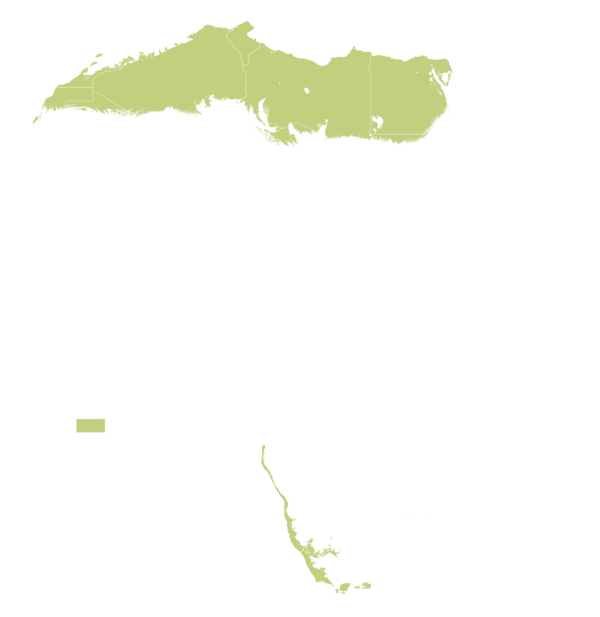

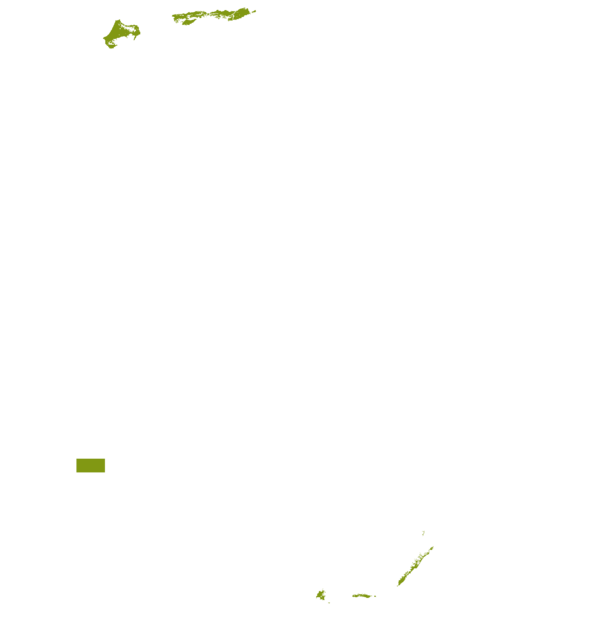


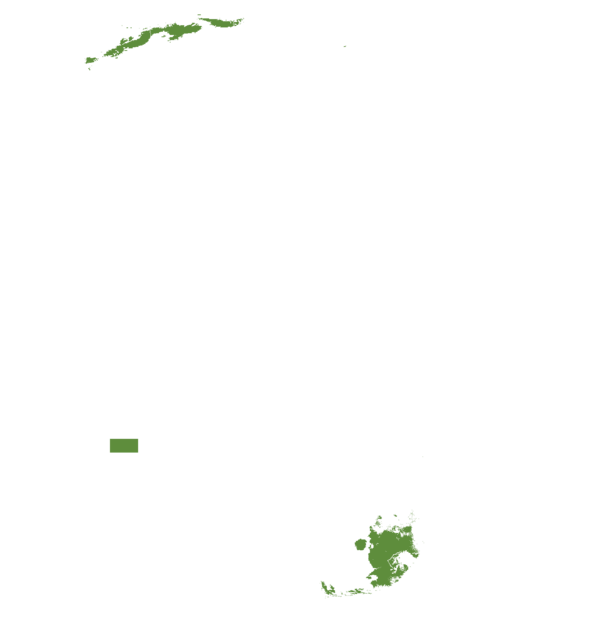
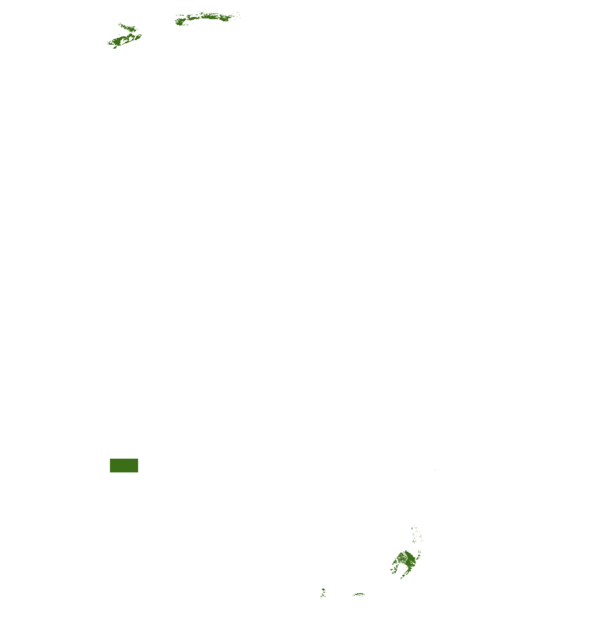

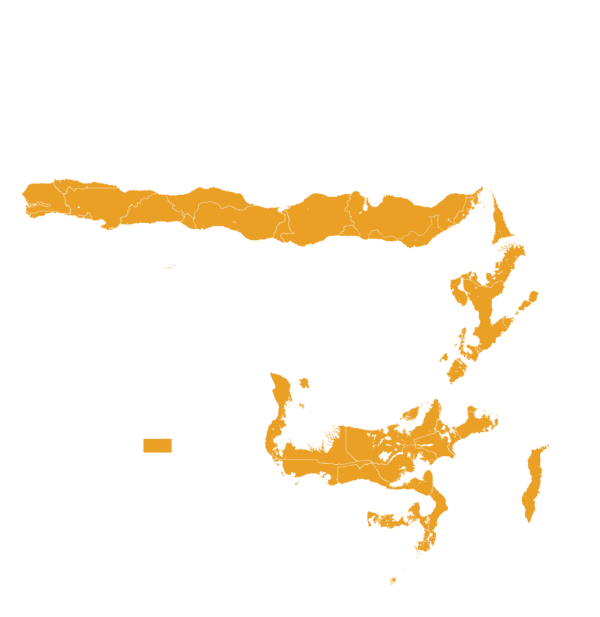
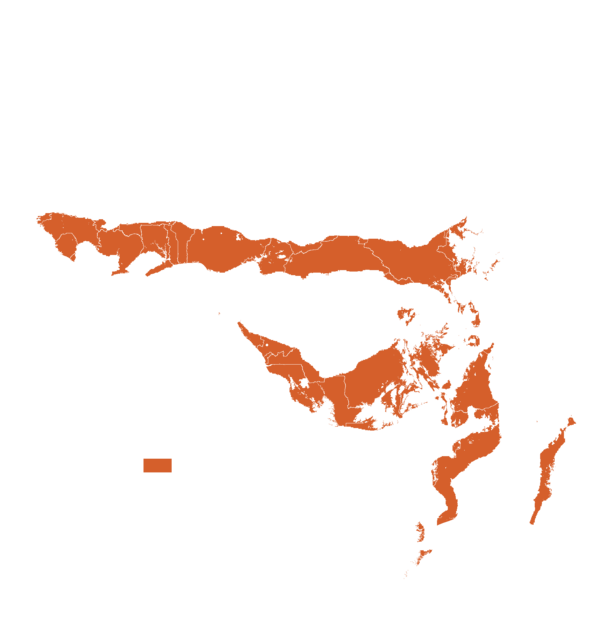

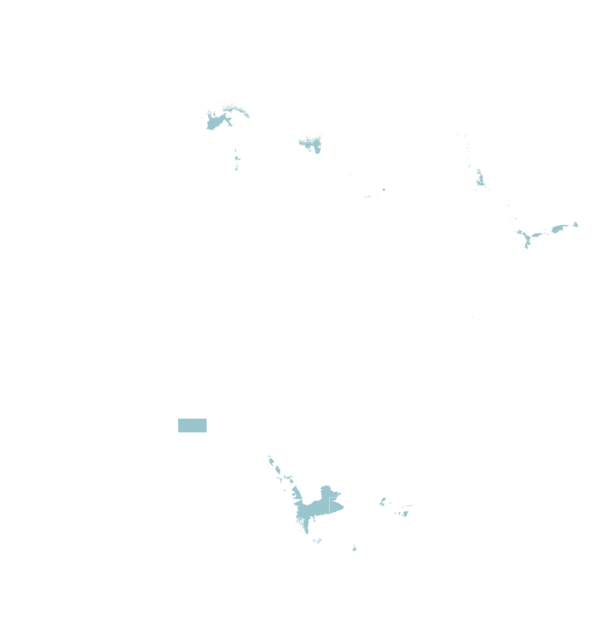

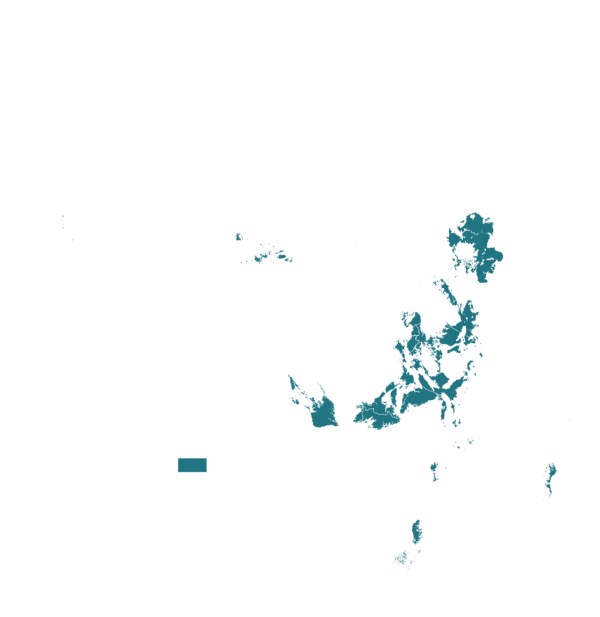

| AEZ | Subtropic - warm | Subtropic - cool | Tropic - warm | Tropic - cool |
|---|---|---|---|---|
| Arid | ||||
| Semiarid | ||||
| Subhumid | ||||
| Humid |
Source: HarvestChoice/IFPRI 2009
The United Nations Sustainable Development Goals that are applicable to this technology.

The technology creates new economic opportunities and income streams for smallholder farmers and rural communities by turning waste into valuable animal feed.

Reduces the risk of harmful substances (e.g., aflatoxins and cyanides) in animal feed, promoting healthier livestock and safer food products.
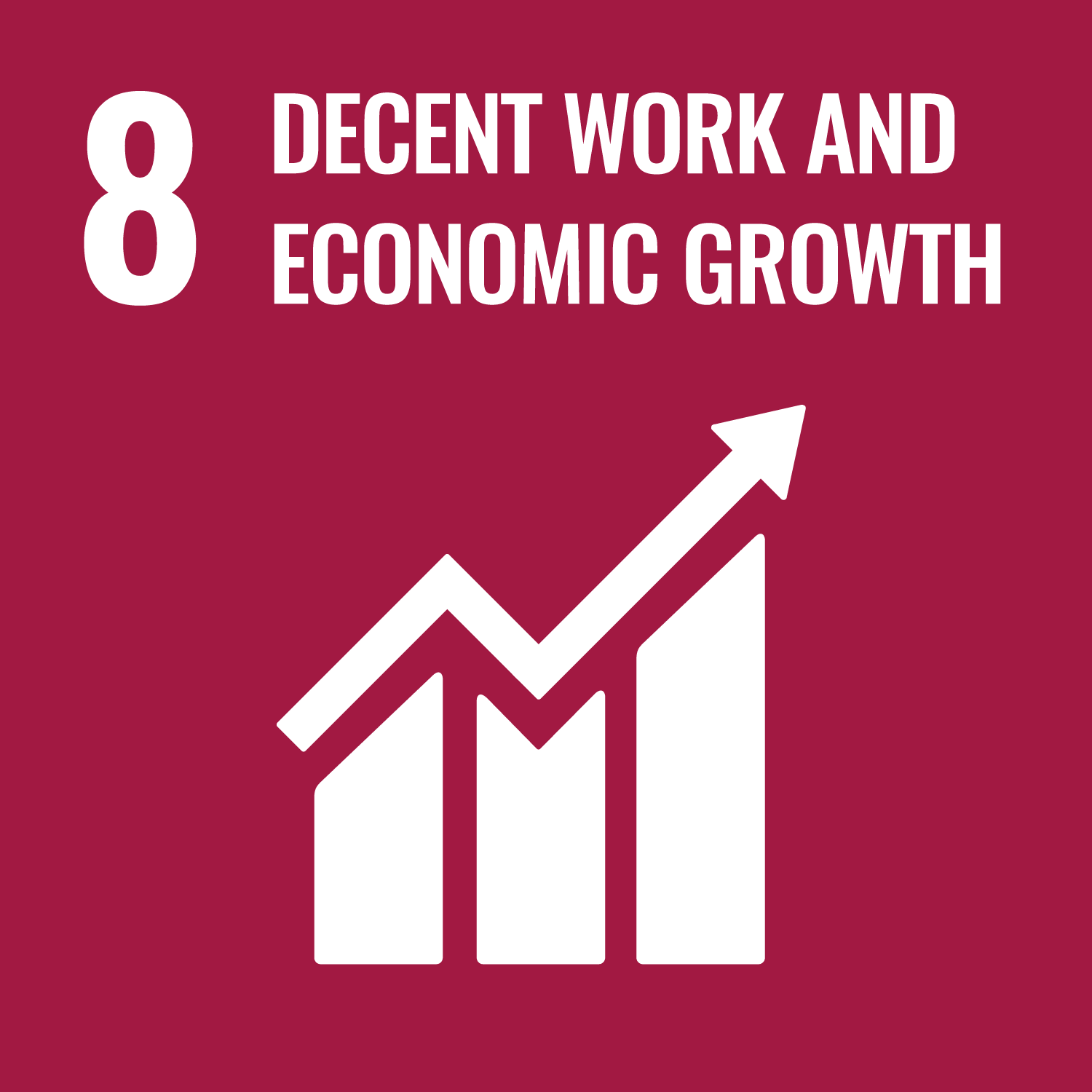
Generates employment opportunities and promotes local business development in rural areas, contributing to economic growth and job creation.
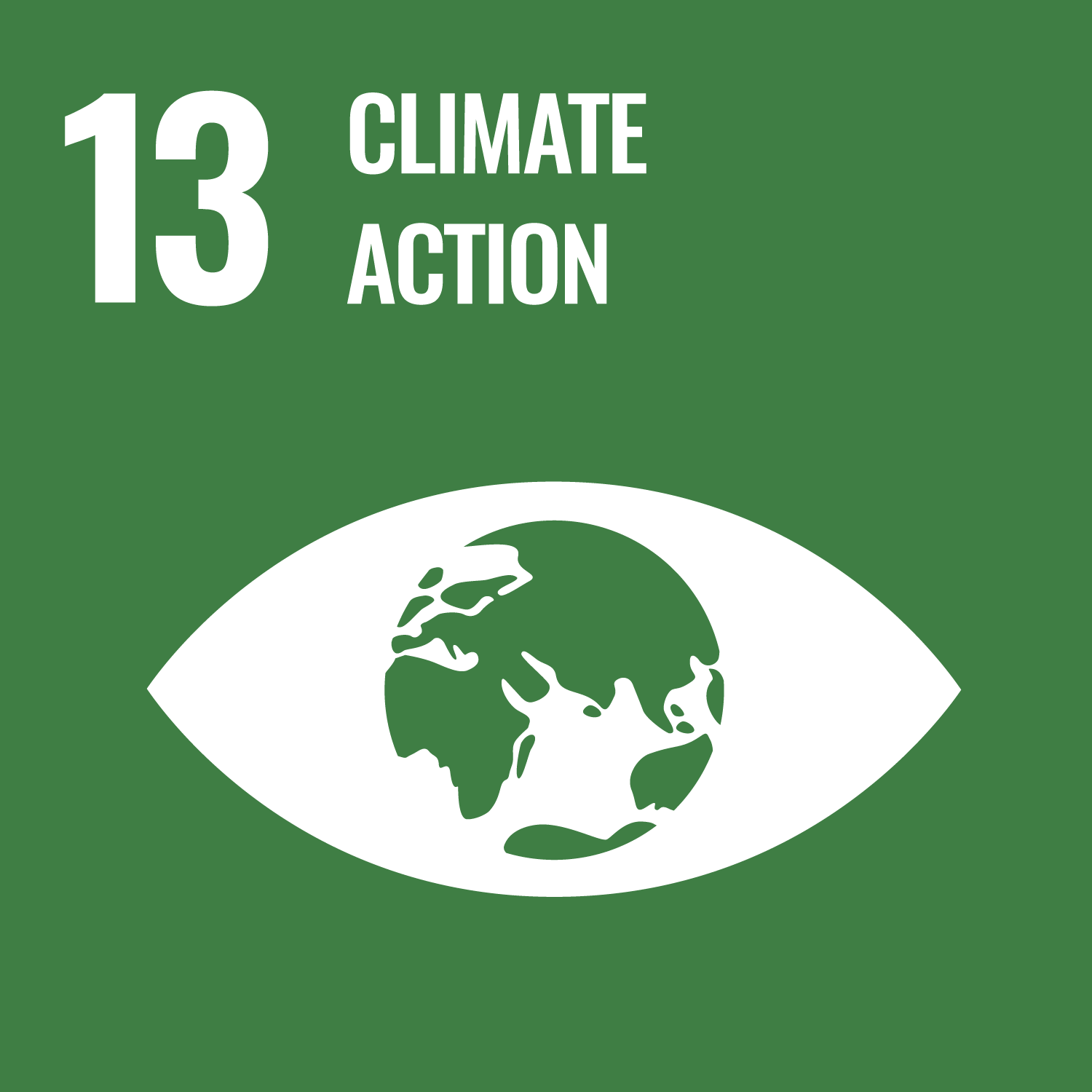
Reduces greenhouse gas emissions by preventing open burning of peels and optimizing resource use, contributing to climate mitigation efforts.
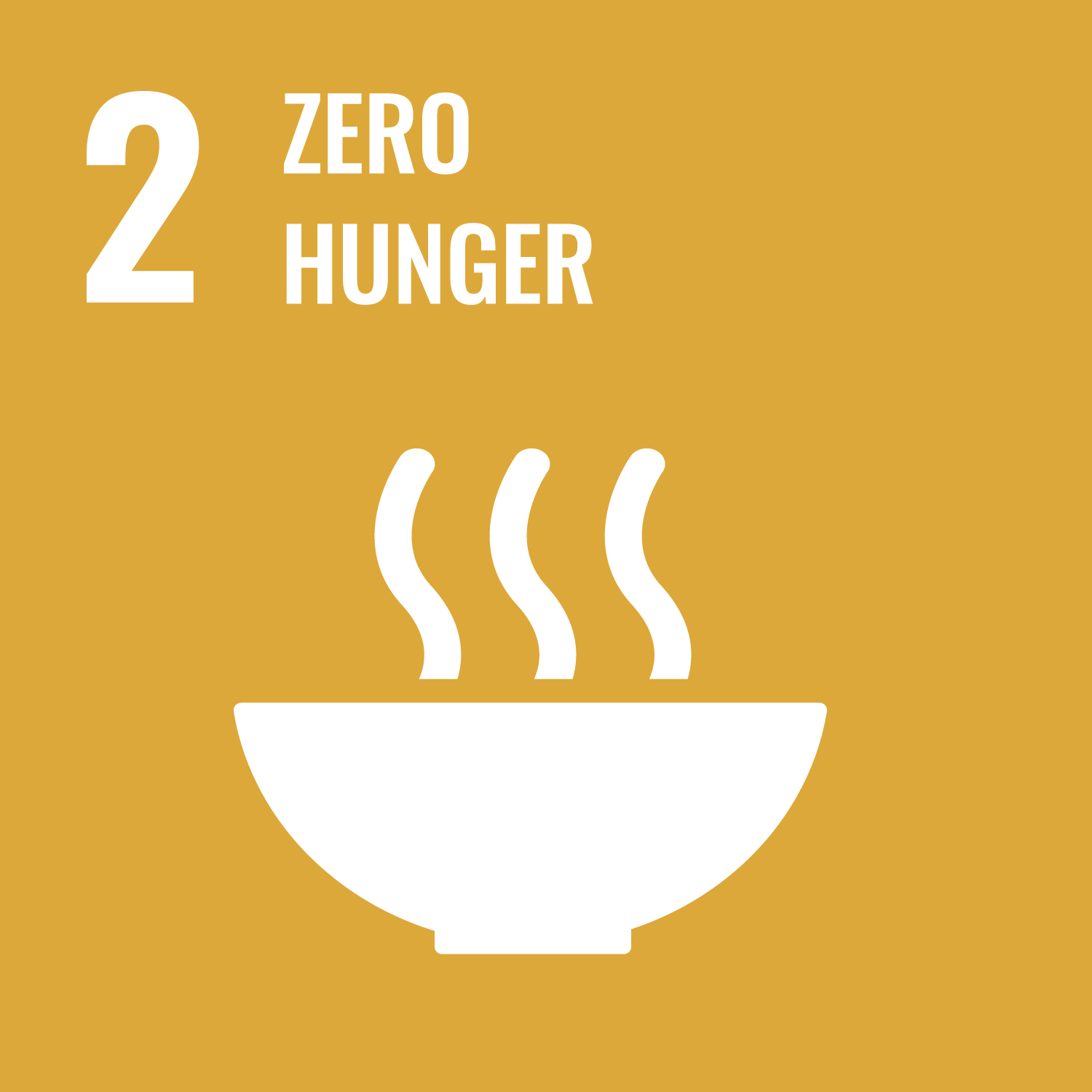
By producing nutritious animal feed, the technology enhances food security and livestock productivity, contributing to better food availability and quality.
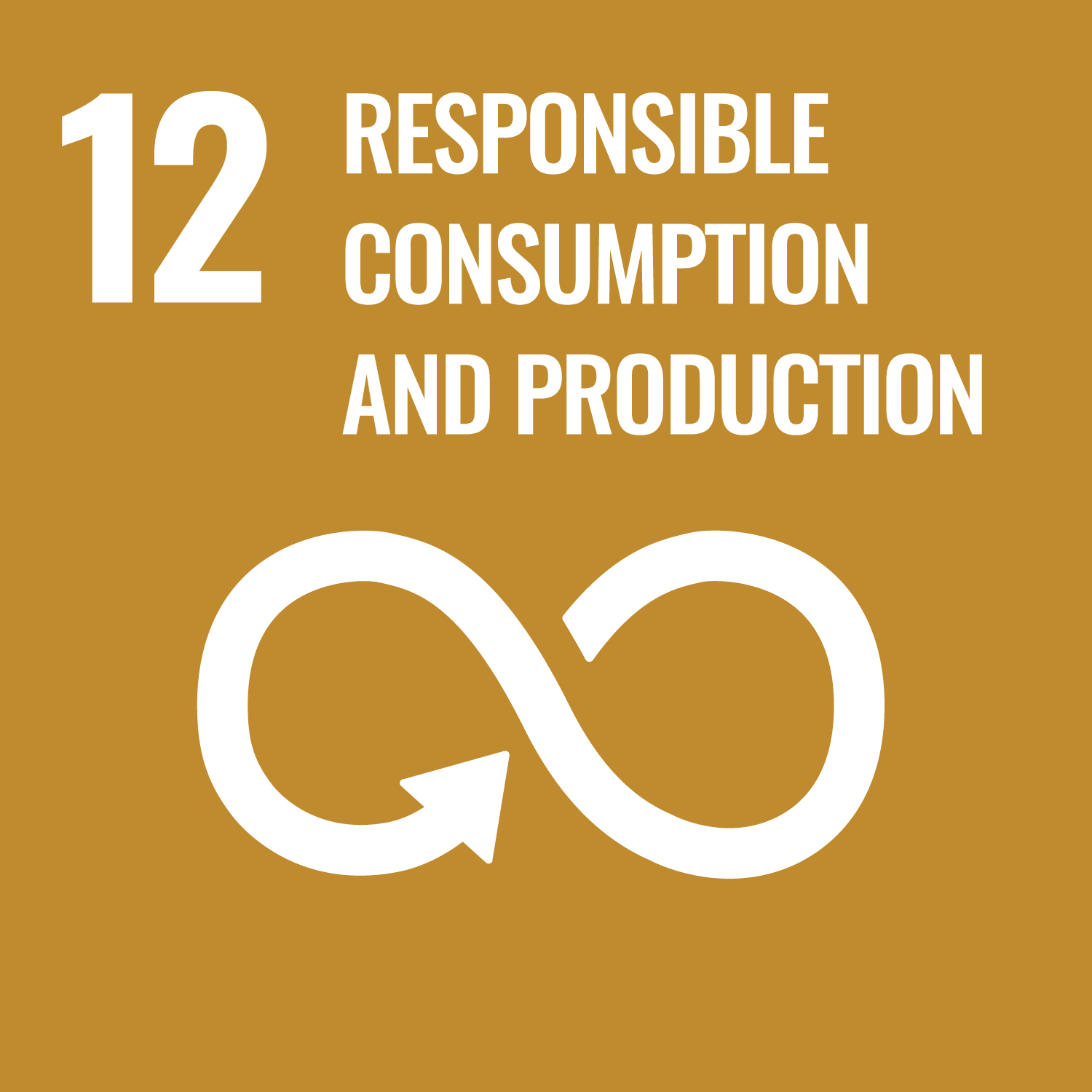
Efficiently processes cassava peels, turning agricultural waste into valuable products and promoting sustainable resource use and waste management.
Last updated on 24 October 2025